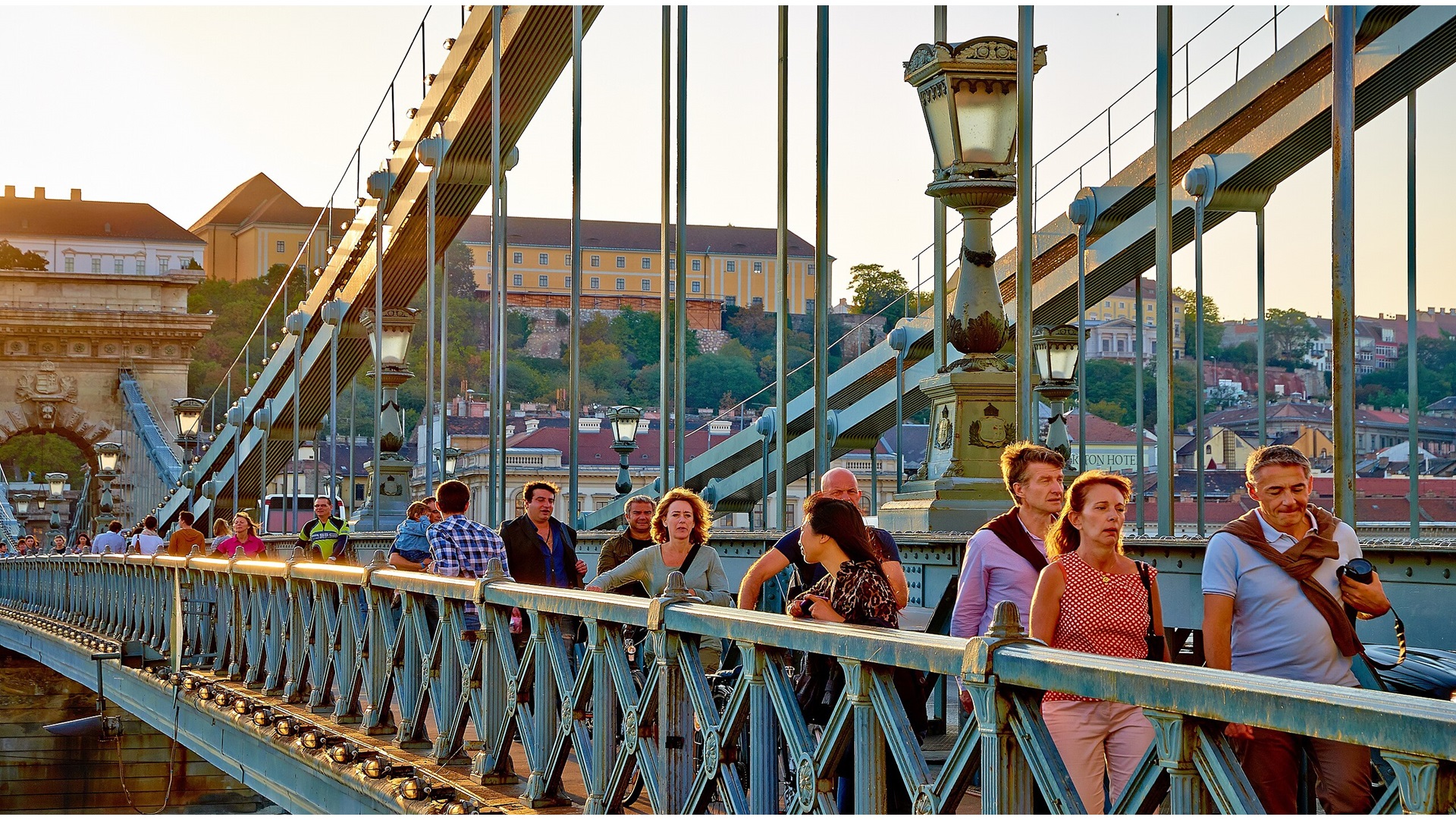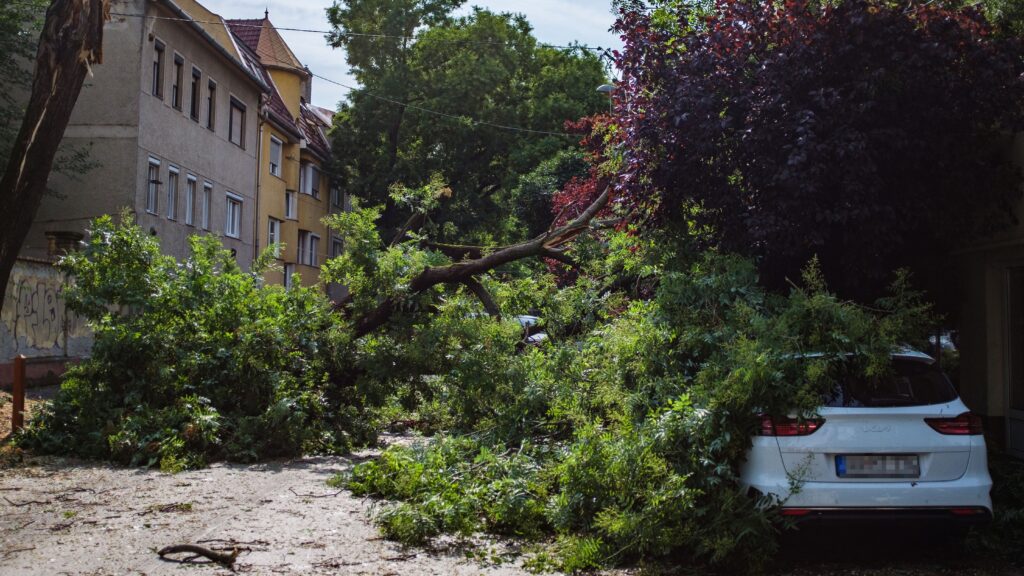X user Michael A Arouet, who focuses on economic news and investment tips and has amassed over 117,000 followers on the platform, has posted a tweet about the low crime rate in Eastern Europe.
The post in question has the caption ‘30 years ago Poland, Hungary and [the] Czech Republic were perceived as dangerous. Today Warsaw, Budapest and Prague are much safer than Paris, Barcelona or Brussels. What happened?’ It also has an image attached, which colour-codes the reported robbery rate per 100,000 inhabitants of each country on the European map.
According to that image, the data comes from Eurostat and Data Police UK, and is from 2022. The 2022 crime data is currently not available in the Eurostat database available on the European Commission’s website (only 2020 and 2023, for some reason).
However, the 2023 Eurostat data does affirm the core point of the post: Poland, Hungary, and Czechia do have significantly lower ‘crime, vandalism, and violence’ rates than the EU average; while some Western countries, such as the Netherlands, France, Spain, and Belgium, have higher crime rates than the EU average (as per 2023).
Michael A Arouet’s post has received 2,800 likes since it was posted on 2 February, as well as 240 comments and 536 retweets. That is significantly more engagement than his other posts usually get on the platform.
Michael A. Arouet on X (formerly Twitter): “30 years ago Poland, Hungary and Czech Republic were perceived as dangerous. Today Warsaw, Budapest and Prague are much safer than Paris, Barcelona or Brussels. What happened? pic.twitter.com/Vj3PUKPOqb / X”
30 years ago Poland, Hungary and Czech Republic were perceived as dangerous. Today Warsaw, Budapest and Prague are much safer than Paris, Barcelona or Brussels. What happened? pic.twitter.com/Vj3PUKPOqb
As expected, most of the commenters attribute this to Hungary, Poland, and Czechia refusing to take in migrants from Muslim-majority countries en masse, unlike the aforementioned Western countries. Hungary and Poland have been especially vocal critics of the EU’s migration policy, such as the Migration Pact of 2024, which requires Member States to comply with certain migrant quotas. Poland has remained an opponent of such policies even as the more EU-friendly, more liberal Tusk administration took office in December 2023.
‘[This happens] when ideology trumps rationality,’ one commenter wrote under the post about the differing crime rates in European countries. Meanwhile, an X user from Czechia wrote: ‘We don’t have culturally incompatible immigrants.’
Hungary is also doing very well, not just according to the Eurostat violent crime data, but according to the United Nations Office on Drugs and Crime (UNODC) homicide rate data as well.
Hungary has the 37th lowest homicide rate (0.774 per 100,000 people) out of the 204 countries included in the UNODC database. That puts it ahead of such Western European nations as Germany (0.823), Austria (0.876), Belgium (1.077), Sweden (1.147), the United Kingdom (1.148), and France (1.335).
Related articles:








